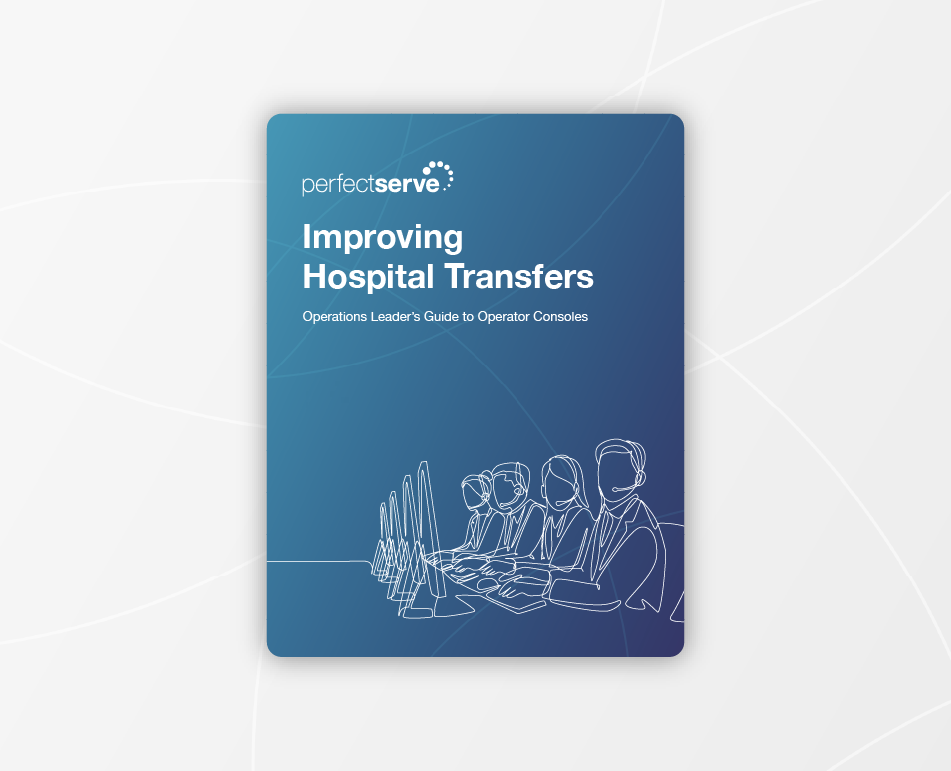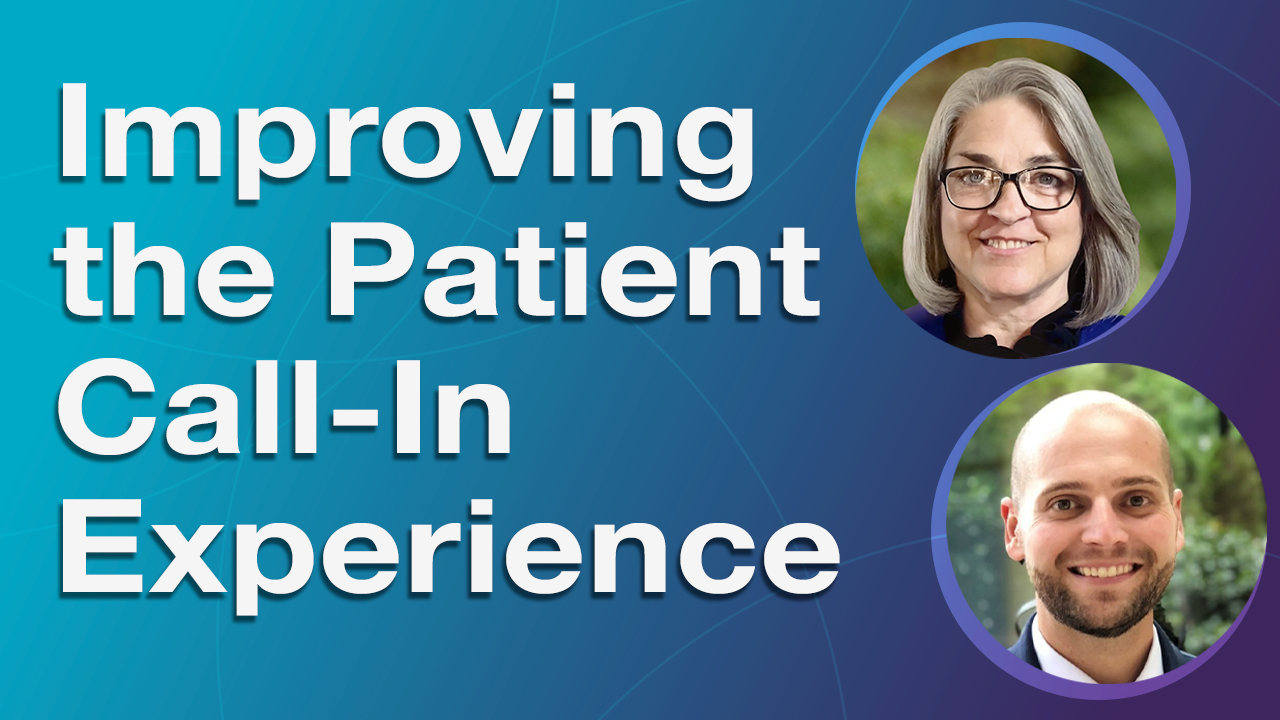The Future of Clinical Communications
TABLE OF CONTENTS
What I learned about the future of clinical communications
I spoke to a number of healthcare leaders at HIMSS18 about their clinical communication and collaboration strategies and the tools they use to make care coordination easier, and it was obvious that clinicians are still struggling with the friction inherent in today’s communication infrastructure. This friction comes from our industry’s complex workflows and outdated, disconnected communications technology.
Solving this conundrum requires that we reimagine the role and function of clinical communications in care delivery. This means rethinking how we might leverage advances in technology and mobility to make it easier for clinicians to quickly connect with one another — and to deliver actionable information to them so they can better manage care.
The communication technologies that got us where we are today will not get us where we need to be tomorrow, and tomorrow is all about timely patient-centered collaboration that allows clinicans to speed time to care and treatment.
Why is healthcare communication so complex?
Healthcare communication is complex because clinicians employ workflows in which situational variables must be considered to determine whom to contact and how to do so. Figuring this out places a tremendous burden on the clinician who initiates communication to another care team member — a burden that takes the clinician away from value-added patient care activities, is error prone and contributes to delays in care.
We have asked clinicians to solve an extremely complex puzzle amidst an already very busy day. It’s easy to understand how mistakes are made.
How did communication technology become so fragmented?
Over the past three decades, technological innovations in virtually every sector have helped us solve problems and become more efficient, and the same is true in healthcare.
Telephone-based answering services were created to simplify the relay of messages to physicians. Pagers were created to streamline direct-to-provider notifications. Nursing devices were developed to communicate patient needs and facilitate conversations across care team members. Secure texting applications, alerts and alarms systems, real-time location tracking and the like were all created for a specific purpose.
The problem we now face is an inherently disconnected portfolio of communication tools. We are starting to feel the pain of these siloed systems, and we must take steps to bring them together.
How do we prepare for the future of communications in healthcare?
As I observe the movement of healthcare to outpatient settings and the home, it becomes clear that communication processes must overcome geographic and organizational boundaries.
Value-based care and population health management require care team collaboration across providers and care settings that extend beyond the four walls of the hospital or clinic, and so too must our communication solutions.
I spoke with several leaders at HIMSS18 who have come to realize their electronic medical record (EMR) system is incapable of supporting the urgent, time-sensitive communication that occurs outside the EMR. An effective solution needs to transcend the EMR and facilitate collaboration across clinicians in disparate organizations.
Organizations that rely on their EMR as their clinical communications and collaboration (CC&C) platform are building a communications “island” that limits collaboration. The ability to facilitate timely communication across an entire patient-care ecosystem requires a completely different approach.
We must eliminate the friction in clinical communication
The next leap in clinical communication will help our frontline clinicians speed time to care through efficient, patient-centered, cross-continuum collaboration.
I really believe that the healthcare market is ready for a purpose-built CC&C platform that helps clinicians coordinate care inside and outside the four walls of a facility by bringing together a wide range of siloed communication tools. Tomorrow’s care requires a CC&C platform that facilitates intercommunication between these compartmentalized systems and eliminates the friction in patient care.
It is our duty to empower the clinical community with CC&C solutions that support their quest to improve the efficacy of treatment and quality of life for the patients they serve.
Find out how unified clinical communication supports better patient care and outcomes by speaking with a clinical communication specialist.




